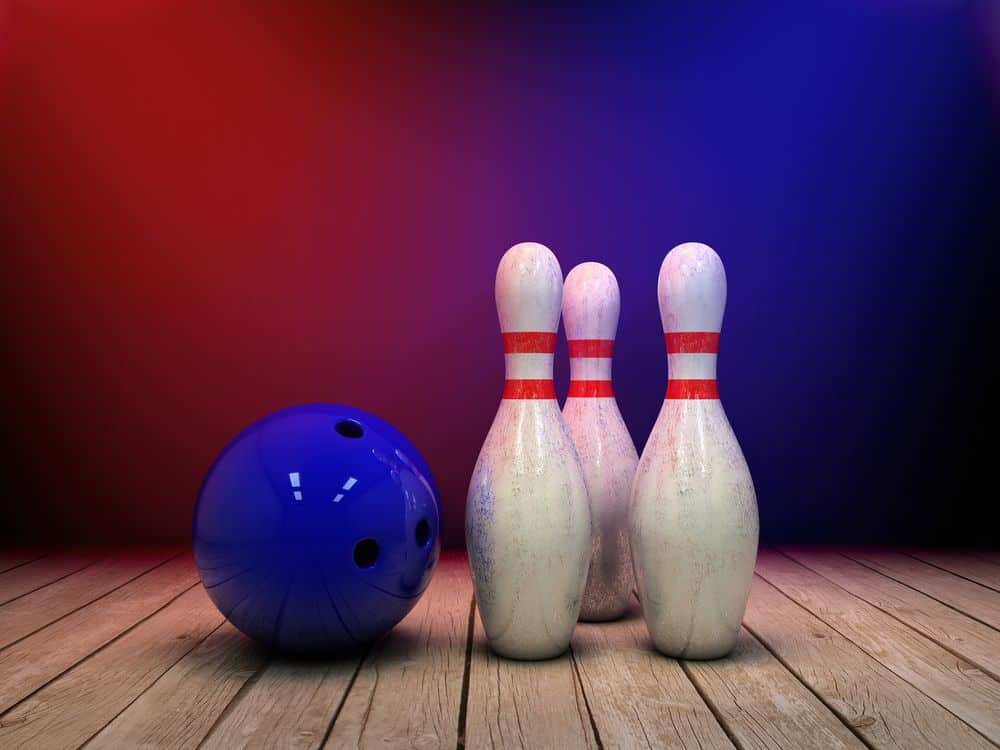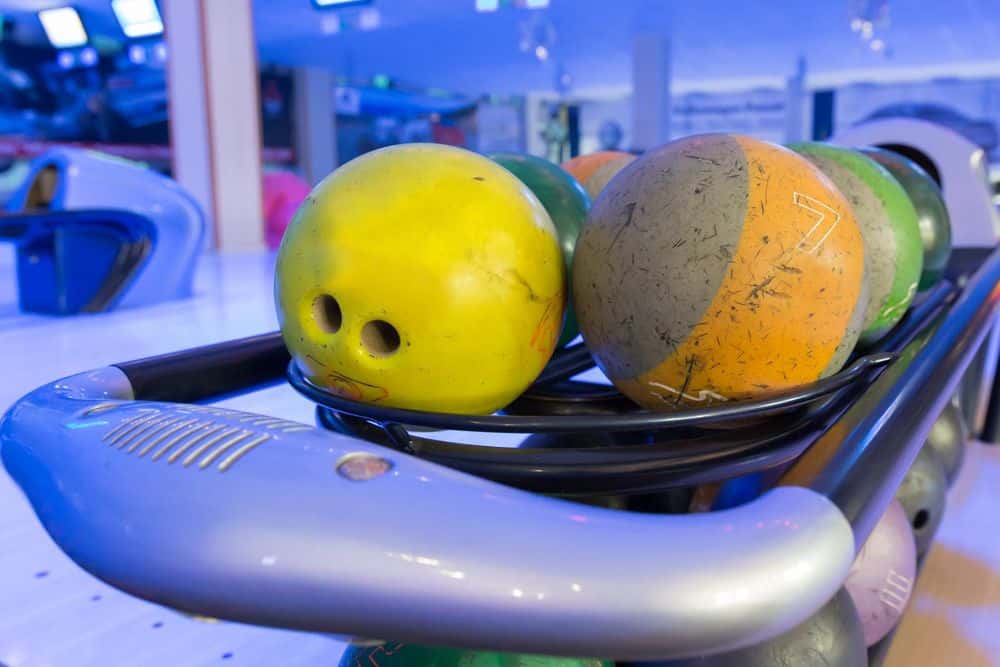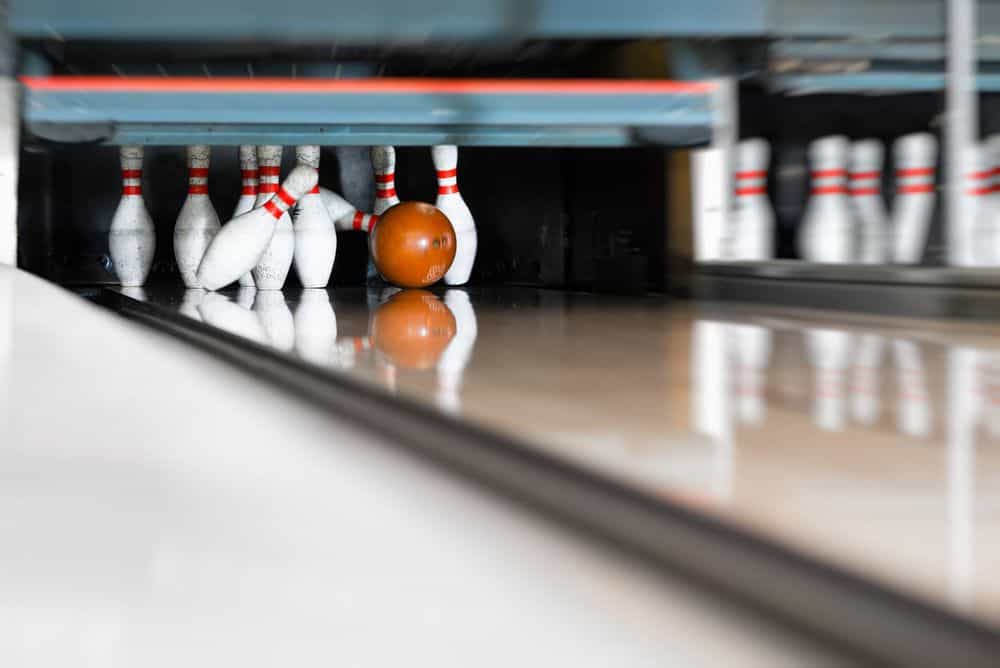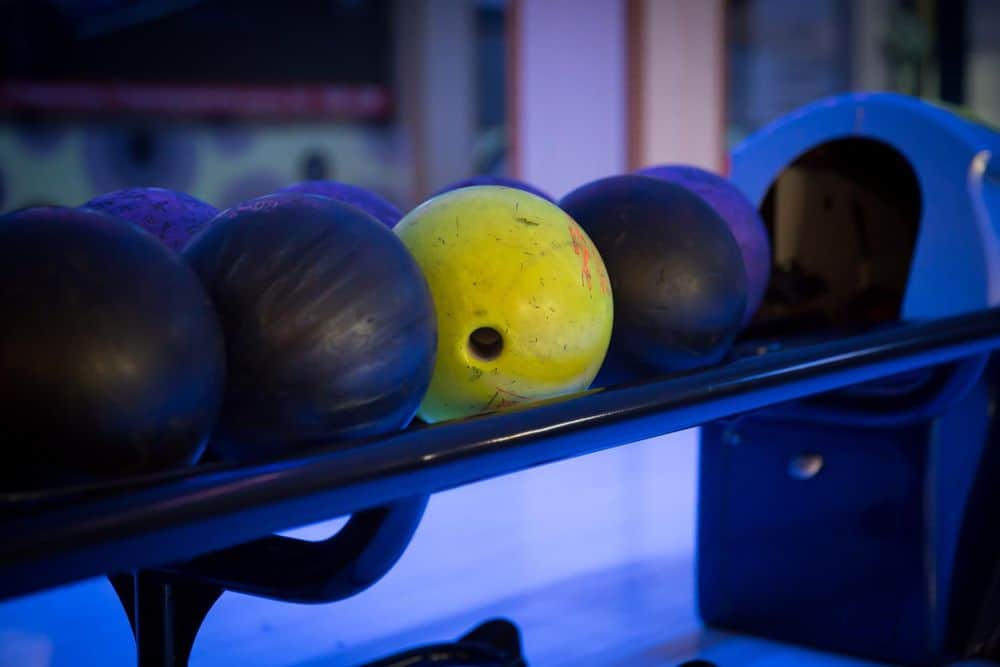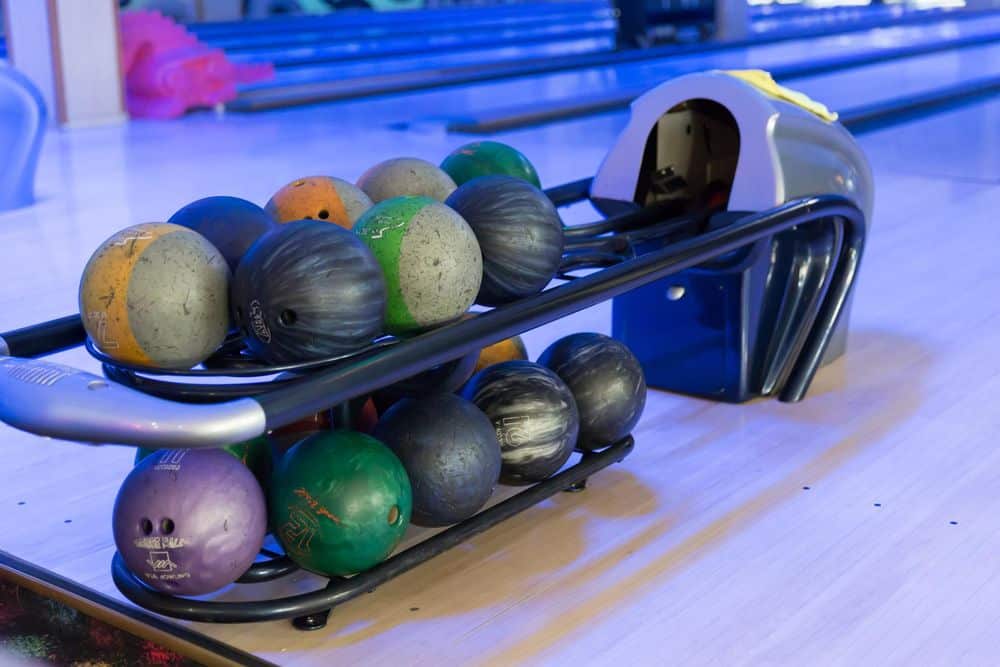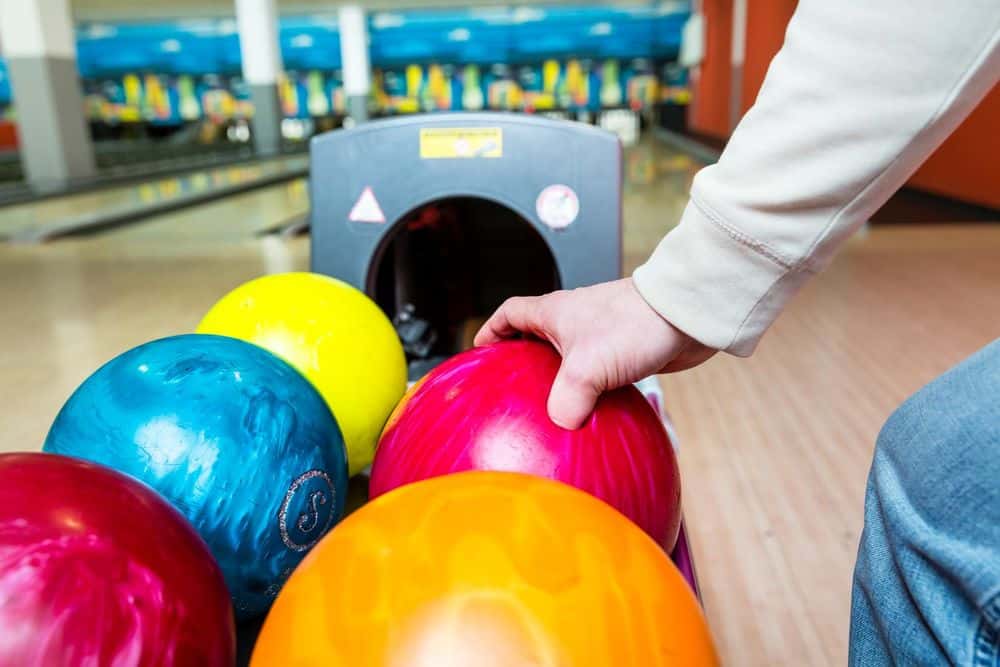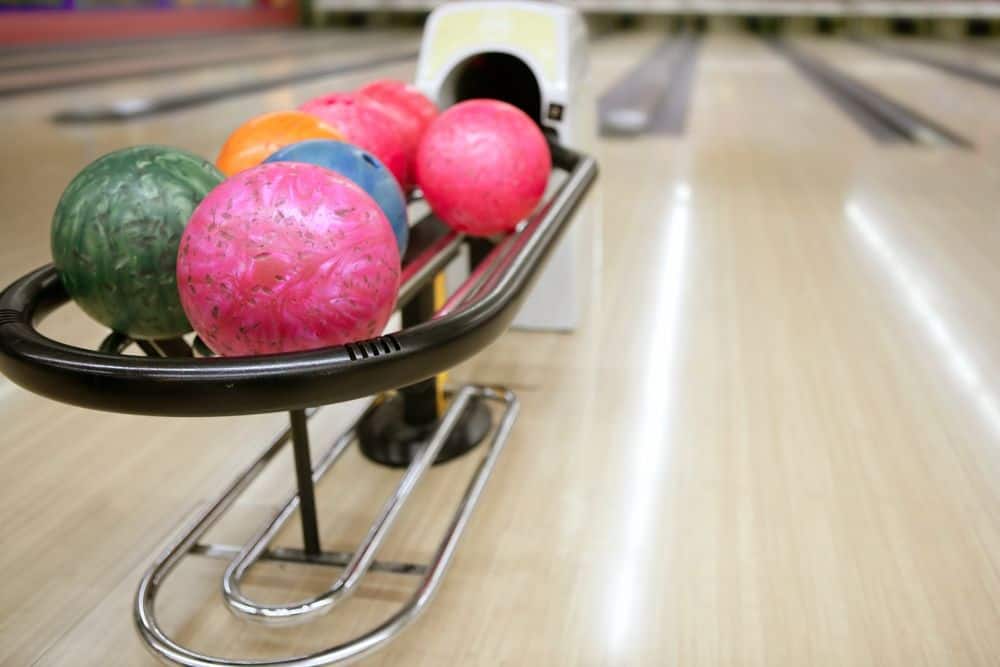Adaptive bowling is an activity that offers therapeutic and recreational benefits for people of all ages. Whether you’re a young adult looking to get physical exercise, or an elderly person wanting to stay socially active in the community, adaptive bowling can help you reach your goals.
It’s easy to pick up the basics of this game and its accessible nature makes it enjoyable for everyone! This article will explore adaptive bowling as a therapeutic and recreational activity, delving into its positive effects on health, social life, and overall wellbeing.
For those with disabilities or limited mobility, adaptive bowling provides a great opportunity to remain active without over-exerting oneself.
Adaptive equipment such as ramps and automated ball return systems make it possible for anyone – regardless of their ability level – to participate in the sport.
Bowling has been shown to improve balance, strength, coordination and motor skills; so even if you don’t strike out every time you roll the ball down the lane, you can take comfort in knowing that each throw brings its own set of rewards.
Finally, beyond the physical benefits of adaptive bowling lies another benefit: pure fun! From lively conversations between teammates at league nights to friendly competitions among family members during weekend trips to the alley; no matter who you are or what ability level you have, there’s something about rolling a heavy sphere across waxed wood lanes that just never gets old!
So come along as we explore how adaptive bowling can be used therapeutically while providing loads of enjoyment too!
Understanding Therapeutic Recreation
Therapeutic recreation is like a bridge that connects the medical and recreational worlds, allowing individuals to receive assistance while also having fun.
It helps people of all ages with physical or mental limitations achieve greater independence in their daily lives.
The goal of therapeutic recreation is to provide individuals with an opportunity to gain self-esteem, improve social interaction skills, reduce stress levels, and build confidence.
Using activities such as adaptive bowling can help these individuals reach their goals. Adaptive bowling provides an easily accessible way for those with disabilities to participate in the game without feeling overwhelmed by it.
By using specially designed equipment such as ramps and rails, players are able to play regardless of their abilities or restrictions they may have. Bowling lanes can be adapted so that everyone has a safe place to practice and enjoy the sport together.
Adaptive bowling offers many benefits beyond just providing entertainment; it gives participants a sense of accomplishment, builds team spirit among family members or peers, increases communication between them and encourages physical activity which can lead to better overall health outcomes for each individual involved.
With its variety of adaptations available, anyone can join in on the fun!
Benefits Of Adaptive Bowling
The benefits of adaptive bowling are numerous. From providing an engaging and accessible activity to those with disabilities, to building team spirit among participants, it is truly a rewarding experience for all involved.
Adaptive bowling helps encourage independence by allowing individuals the opportunity to learn how to play without feeling overwhelmed or frustrated.
The specially designed equipment gives players the freedom to practice their skills without worrying about any physical limitations they may have. On top of that, it can also improve communication between family members or peers as well as build confidence in oneself.
Another key benefit of adaptive bowling is its ability to promote physical activity while having fun at the same time. Adaptive bowling allows people of all ages and abilities to take part in this sport regardless of any restrictions they may have while enjoying themselves along the way.
Not only does this increase overall health outcomes but it also provides a sense of accomplishment when goals are achieved during gameplay.
In short, adaptive bowling has tremendous potential as both a therapeutic and recreational activity due to its accessibility, independence-building opportunities, improved communication skills, increased physical activity levels and sense of accomplishment experienced by each participant involved.
Physical Benefits
Adaptive bowling can provide a range of physical benefits for all participants. From boosting coordination and balance to improving core strength, this sport is not only fun but also beneficial in more ways than one.
Like any form of exercise, adaptive bowling helps build muscle while increasing joint mobility and flexibility. With the use of specially designed equipment, players have less risk of injury as they work on their game and develop new skills.
Not to mention that focusing on reaching each target will help improve hand-eye coordination. Plus, with every turn comes an opportunity to strengthen both gross motor movements and fine motor control – essential components when it comes to developing agility and reflexes.
Physical activity has been proven to reduce stress levels so by playing adaptive bowling those participating can reap the calming effects too. In addition, its social aspect adds a sense of community amongst friends or family members who are taking part which in itself can be incredibly rewarding.
Adaptive bowling encourages everyone involved to get active, stay connected and most importantly enjoy themselves!
Psychological Benefits
Not only does adaptive bowling offer physical benefits, but it can also have a positive psychological impact as well.
The sense of achievement when hitting the pins has been known to raise self-esteem and boost confidence levels in those who participate.
Knowing that they are able to accomplish something they previously thought impossible is an empowering feeling which can stay with them throughout their daily lives.
Furthermore, playing this form of ten pin bowling often helps build social skills by creating opportunities to interact with others.
In a relaxed environment such as this, competitors may feel more comfortable conversing with their peers or opponents – making space for relationships to develop between players from different backgrounds and abilities. It’s even possible that some new friendships could be formed!
Adaptive bowling encourages participants to push themselves further than ever before and discover hidden strengths within. With every throw comes a chance for personal growth, allowing individuals to take pride in their accomplishments while exploring what else could be achieved if they set their minds to it.
Social Benefits
Adaptive bowling also provides a number of social benefits. It allows players to connect with others and create an inclusive environment, regardless of age or ability levels.
Thanks to the adaptability of this sport, those who may be physically limited have the chance to enjoy it alongside their friends and family – something which can feel incredibly rewarding for all involved.
What’s more, adaptive bowling acts as a great way to bring people together from different walks of life. The relaxed atmosphere encourages interaction between players in a friendly setting, creating opportunities for conversation that may not occur in everyday life.
This form of ten pin bowling is seen by many as a fun, accessible activity which everyone can get involved in and appreciate – even if they’re new to it!
The sense of community created through adaptive bowling can be beneficial on many levels; enabling individuals to interact with one another while developing trust, respect, and understanding towards those around them.
In turn, these connections help foster positive relationships within communities which can last well beyond the game itself.
The Role Of Recreation Therapists
Beyond providing a fun, inclusive activity for individuals of all ages and abilities, adaptive bowling also plays an important role in the field of recreation therapy.
As such, it provides recreational therapists with the opportunity to support clients on their own terms while helping them achieve their goals.
Through engaging with the game in a supportive environment, participants can work towards improved physical wellbeing as well as emotional growth – allowing them to build confidence and self-esteem through regular practice.
The presence of trained professionals is essential when it comes to therapeutic activities like this one.
Recreation therapists are not only able to offer guidance and provide encouragement but they can ensure that players remain safe during each session.
They play an essential part in creating a positive atmosphere which helps foster engagement, motivation, and ultimately progress towards desired outcomes.
By leveraging the power of adaptive bowling, recreation therapists are able to design tailored programs which cater specifically to each individual’s needs; be it physical or mental rehabilitation, stress management or leisure pursuits – this form of ten pin bowling has something for everyone!
With its adaptable nature and range of benefits, it promises an enjoyable experience for both therapist and patient alike.
Integrating People With Disabilities
Adaptive bowling is an ideal activity for integrating people with disabilities into recreational activities. By utilizing the adaptive equipment available, therapists are able to create a safe and enjoyable environment for all participants – regardless of their physical or mental abilities.
This ensures that everyone can participate in the game without feeling like they are at a disadvantage due to their disability.
In addition, adaptive bowling offers individuals with disabilities the opportunity to build relationships with other players and develop strong bonds through mutual enjoyment of the sport.
It enables them to socialize and interact with others whilst honing skills such as communication, motor control and coordination.
Moreover, it also serves as an excellent form of exercise which encourages physical fitness while providing emotional satisfaction from achieving personal goals.
By creating these inclusive environments where individuals feel comfortable enough to express themselves openly, recreation therapists provide an invaluable service which helps foster improved wellbeing both physically and mentally.
As such, this therapeutic activity presents numerous advantages for those involved – encouraging positive change through engaging gameplay and meaningful interaction!
Conclusion
As we have seen, adaptive bowling has a range of therapeutic and recreational benefits for people with disabilities. It is an activity that recreation therapists can use to facilitate integration between people with disabilities and their peers.
The physical, psychological, and social benefits of this sport make it an important part of any comprehensive therapeutic program.
Adaptive bowling also helps foster meaningful relationships among its participants while providing them with a safe space where they can unleash their creativity in order to achieve their goals.
Additionally, the activity promotes independence through skill building as well as encourages confidence by allowing individuals to take risks without feeling judged or misunderstood.
All these factors contribute to making adaptive bowling an invaluable tool for those who need assistance in managing the challenges associated with disability.
In conclusion, adaptive bowling provides both therapeutic and recreational value for individuals living with disabilities; it presents opportunities for fun and relaxation, self-expression, and creating positive experiences for everyone involved.
Adaptive bowling is more than just a game: it’s a way to empower some of our most vulnerable members of society towards greater inclusion in all aspects of life!

